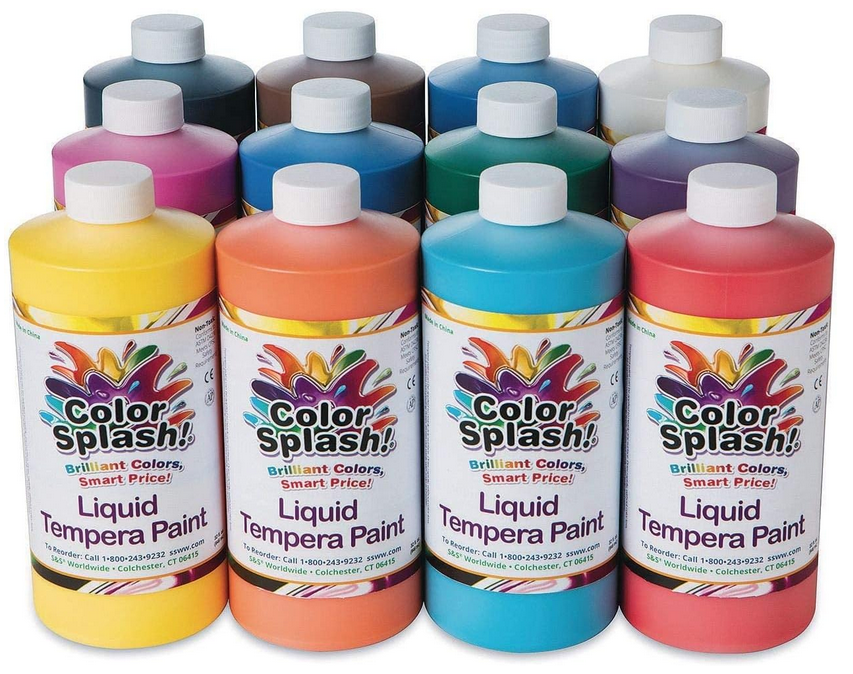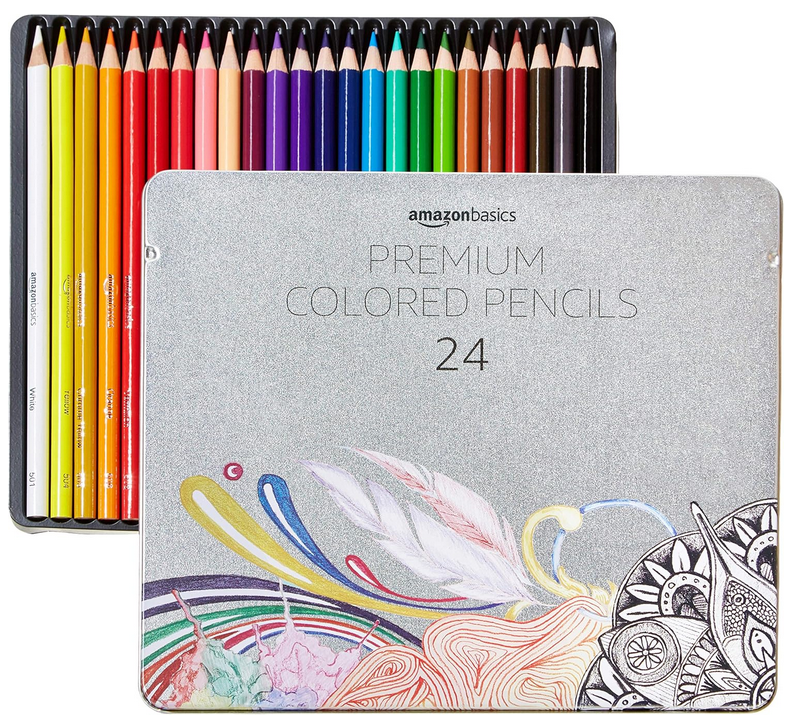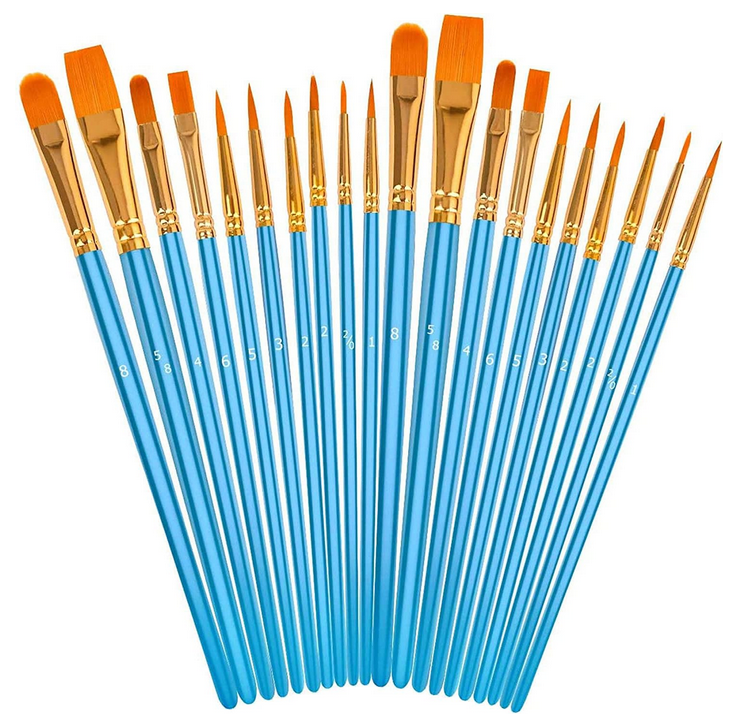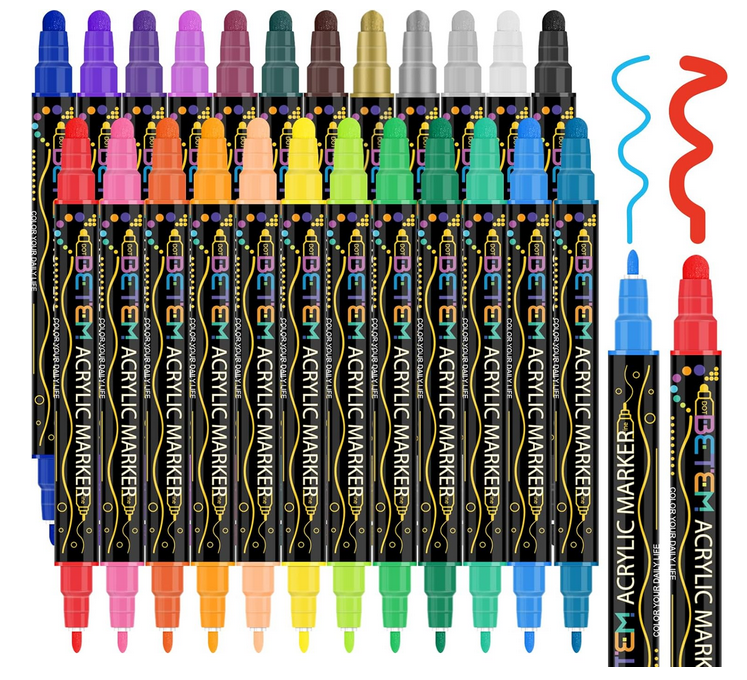- Home
- Art Careers
- Product and Industrial Design
Product and Industrial Design Careers
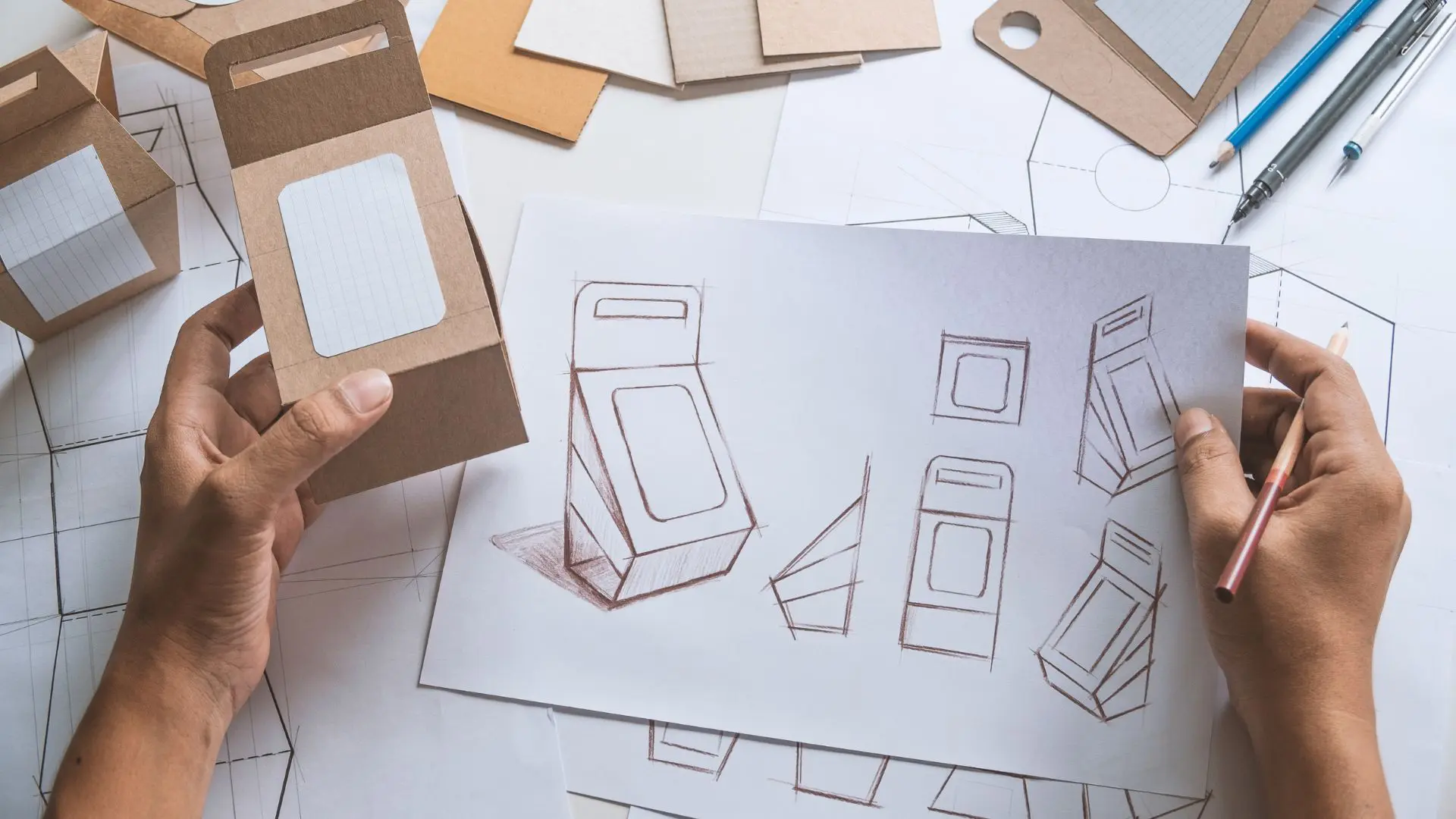
Designing products for manufacture requires a balance between aesthetic appeal and manufacturability, a balance between art and engineering. Artists collaborating with manufacturers is the basis for billions of dollars in commerce in clothes, toys, cell phones, shoes, furniture, and more. Changing styles and fashions keep up demand for new artist input. Industrial designers help make the tools for living in the modern world.
Product Designer
Product Designers are a starting point for manufacturing. Artistic talent and design intuition are blended with the manufacturers knowledge of consumer need and industrial processes to yield a reproducible product.
An idea can start with an artist's sketch and then build on research and testing. The designer will collaborate with a team to arrive at a sample that can be mass-produced. The sample may have originated from a sketch and then a computer rendering and then a clay model. Finally, tooling can be developed for the fabrication process to begin.
- helpful qualities - willingness to conduct research; experimentation on the computer; persistence for a design idea; keeping an eye on trends and new concepts; excellent drawing skills.
- flexibility - a designer must be open-minded to specialized paths: packaging design, model building, sample making, factory supervisor, free-lance designing, etc.
- preparation - take drawing, painting, and art history, drafting, 3.D design classes. Seek work in an illustration office, manufacturing, carpentry, retail clerk, review career guidance publications (such as Applied Arts magazine).
- portfolio - a prospective employer will be able to see your talent, your proven work - combined with your diploma, you will have a foot in the door.
Toy Designer
Billions of dollars spent on toys is serious business. Designing toys is a real career choice. In addition to making appealing toys, artists must consider child safety and child psychology, followed by packaging and promotion.
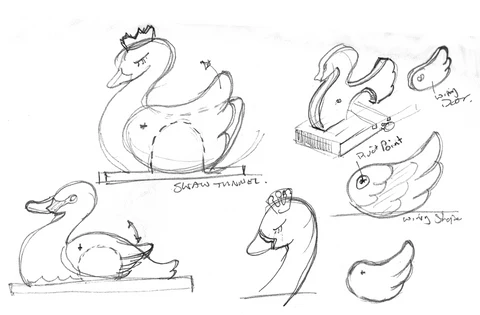
A toy designer may specialize in toys for girls, for boys, toddlers, pre-school .... The toy design process, like other industrial design, follows a process of initial design ides, likely expressed as a sketch or computer illustration, and then model building and then put into production.
- helpful qualities - willingness to work on a small scale, to work in miniature; following trends in children's interests and manufacturing changes.
- preparation - take drawing, painting, and art history, drafting, 3-D design classes. Seek work in an illustration office, manufacturing, carpentry. Keep up with toy design trends - (such as noted by Designer Toy Awards).
Human-Factor Designer
Ergonomics in industrial design helps improve satisfaction for users. Tools and furniture, for example, must conform to human needs to be satisfactory and successful in the market place as well as in the home and workshop. Ergonomic factors are important for the space industry, computer hardware and software, transportation, and medical devices. An ergonomist's goal is comfort, safety, and efficiency for the user.
- helpful qualities - ability to work in teams as well as leadership talent;
- preparation - combine art abilities with science education; analyze the products in your environment for their efficiency and effectiveness.
Automotive Design Team
Designing an automobile is a team effort, including engineers, stylists, and manufacturing specialists. Input for an auto design will also come from mechanics, sales personnel, safety specialists, accountants, and general design artists.
An artist's or stylist's idea for an automobile will be seen by several team members; so, the artist must be willing to redo the sketch, the illustration, the computer design over and over as the team refines the concept - and a model is built.
In the meantime, a design engineer is panning the thousands of parts required to assemble a compete car: bolts, belts, bands, bumpers.
- helpful qualities - willingness to work as part of an extensive team; imaginitive, flexible, adaptable; ability to make new input visible in sketches and illustrations; computer skills.
- preparation - take drawing, painting, and art history, drafting, 3-D design classes. (... and transportation design - see Art Center College of Design).
Other Careers in Industrial Design
- Airline Interior designer
- Automobile Detailer Design
- Automobile Interior Designer
- Drafter
- Furniture Reproducer
- Glassblower
- Heavy equipment designer
- Industrial Illustrator
- Lighting designer
- Model Builder
- Ornamental -Metalwork Designer
- Product Photographer
- Safety Clothing and Equipment designer
- Sports-Equipment designer
- Stencil-maker
- Tool Designer
- Transportation Designer
Okay, so now I've put on some ads from Amazon - from which I may earn a few cents. (2025)


















